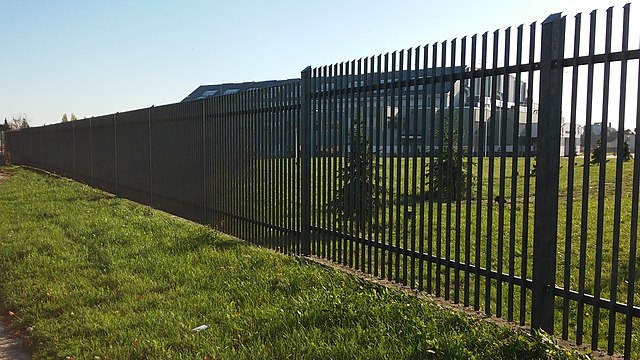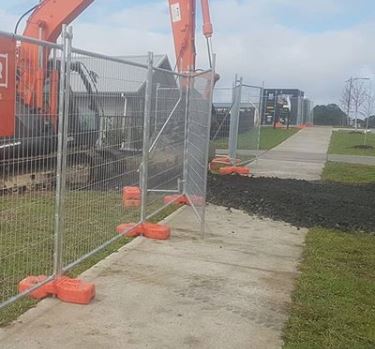Erosion control silt socks are an effective tool for managing erosion and sediment runoff on construction sites and other areas where soil is prone to erosion. They are flexible tubes made of a permeable fabric that is filled with sediment-trapping materials, such as straw, coconut coir, or wood chips.
When placed around the perimeter of a construction site or along a slope, silt socks can help to prevent soil erosion by trapping sediment and allowing water to pass through, while also stabilizing the soil and promoting the growth of vegetation.
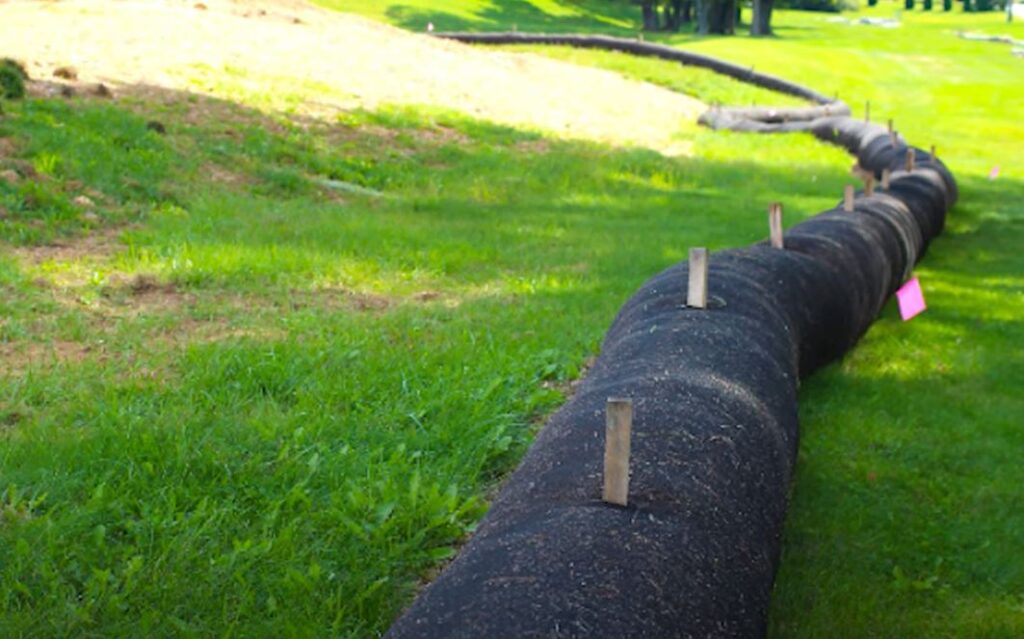
What is an erosion control silt sock?
Erosion control silt socks are a type of temporary erosion control measure used in construction and landscaping projects. These socks are made of a permeable, woven fabric material that is placed along the edge of a construction site or area that has been graded or disturbed. The fabric allows water to pass through, but traps sediment and soil particles, helping to prevent erosion and sediment runoff.
Erosion control is a crucial aspect of construction and landscaping projects, as it helps to prevent soil erosion and sediment pollution. When soil is left unprotected, it can be easily carried away by wind or water, leading to erosion and loss of fertile land. Erosion also has negative impacts on water quality, as sediment runoff can enter bodies of water and harm aquatic life.
Erosion control measures, such as silt socks, are necessary to protect soil and prevent erosion and sediment pollution. These measures are particularly important in areas prone to heavy rainfall or in construction projects located near bodies of water, as they help to reduce the risk of erosion and sediment runoff.
Overall, erosion control silt socks are a simple and effective way to protect soil and prevent erosion and sediment pollution in construction and landscaping projects. By implementing these measures, we can help to preserve our natural resources and protect the environment.
When to use erosion control silt socks
There are several situations in which it is particularly important to use silt socks:
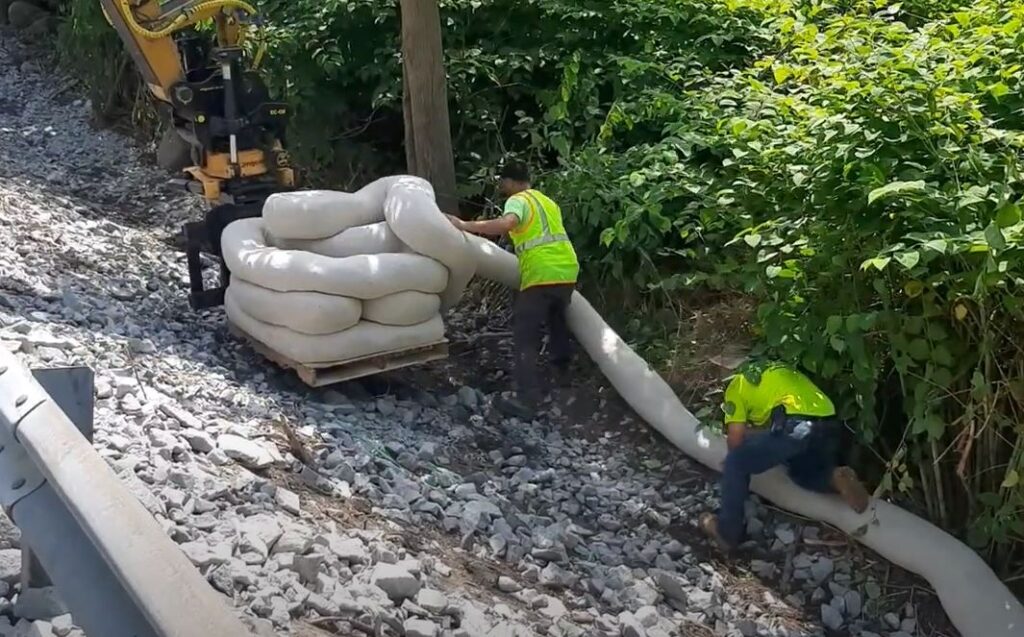
During construction on slopes or near bodies of water
Silt socks are often used in construction projects located on slopes or near bodies of water, as these areas are particularly prone to erosion and sediment pollution. The socks help to intercept stormwater runoff and trap sediment, preventing erosion and protecting water quality.
After grading or soil disturbance
Silt socks can be used after grading or soil disturbance to protect the soil and prevent erosion. When soil is left unprotected, it can be easily carried away by wind or water, leading to erosion and loss of fertile land.
In areas prone to heavy rainfall or erosion
Silt socks can be particularly useful in areas prone to heavy rainfall or erosion, as they help to intercept stormwater runoff and prevent erosion. By protecting soil and preventing erosion, silt socks can help to preserve our natural resources and protect the environment.
Benefits of using erosion control silt socks
Erosion control silt socks offer several benefits when used in construction and landscaping projects:
- Cost-effective and easy to install.
Silt socks are a cost-effective and easy-to-use erosion control measure. They can be purchased in pre-made rolls and are simple to install, requiring only a few metal or plastic posts to hold the sock in place. - Quickly and effectively control erosion.
Silt socks are faster to install than other erosion control devices and are designed to intercept stormwater runoff and trap sediment, quickly and effectively controlling erosion and protecting soil. - Protect against sediment pollution and runoff.
By intercepting stormwater runoff and trapping sediment, silt socks help to prevent sediment pollution and runoff. This is particularly important in areas near bodies of water, as sediment runoff can harm aquatic life and compromise water quality. - Easy to remove.
Simply cut the bag open with a razor knife, dump out the filter media and rake into final grade so it decomposes into the soil. Less waste after removal than other erosion control solutions and no back filling or repair of disturbed area is necessary. - Silt socks are durable…
without sacrificing superior performance and filtration.
How to properly install and maintain erosion control silt socks
Proper installation and maintenance of erosion control silt socks is crucial to ensure their effectiveness in controlling erosion and sediment pollution in construction and landscaping projects. Here are some considerations and tips for properly installing and maintaining silt socks:
Preparation and placement considerations
Before installing silt socks, it is important to properly prepare the site and consider the placement of the socks. Silt socks should be placed along the edge of a construction site or area that has been graded or disturbed, and should be installed at a downward slope to allow for proper drainage. The socks should also be spaced appropriately and anchored securely to ensure effectiveness.
Maintenance tips to ensure effectiveness
To ensure the effectiveness of silt socks, it is important to regularly maintain them. This includes checking the socks for any damage or holes, and repairing or replacing them as needed. It is also important to regularly remove any debris or sediment that may have accumulated on the socks to ensure proper drainage and maintain their effectiveness.
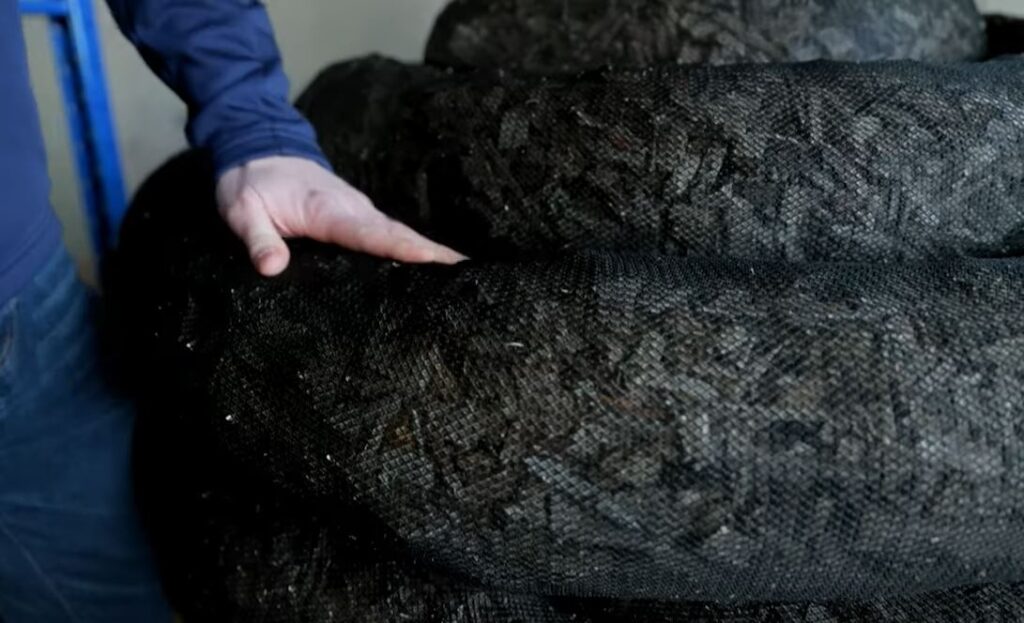
Final Thoughts About When To Use An Erosion Control Silt Sock
At Eastcoast Sitework, we understand the importance of effective erosion control in construction and landscaping projects. Our goal is to help you prevent soil erosion and sediment pollution by providing top-quality erosion control solutions like silt socks.
Silt socks, also known as silt fences or sediment barriers, are an environmentally friendly and effective erosion control device widely used in construction and landscaping projects. These sediment traps are made of permeable, woven filter fabric filled with materials that intercept stormwater runoff and trap sediment, preventing it from flowing underneath and causing erosion or sediment pollution.
Our silt sock environmental solutions offer several advantages, including being cost-effective, easy to install, and highly efficient in controlling erosion. They also provide excellent protection against sediment pollution and runoff, ensuring a successful sediment control project.
Proper installation and maintenance of silt socks are essential to guarantee their effectiveness in erosion control. At Eastcoast Sitework, our team of experts is dedicated to helping you achieve optimal results with your erosion control measures.
Silt socks are a valuable tool for managing erosion and preserving our natural resources. We encourage you to consider incorporating silt socks into your erosion control strategy. By choosing Eastcoast Sitework’s silt sock solutions, you can trust that you’re investing in a reliable and effective erosion control device.
Call 732-370-0291 or Contact Us For A New Jersey Construction Sitework Quote
Frequently Asked Questions
Q: What is rock sock erosion control?
A: Rock sock erosion controls (also known as rock filter dams, rock wattles, or rock check dams) are a type of erosion sediment control structure that utilizes a mesh bag filled with rocks or stones to slow the flow of surface water and reduce erosion in channels or drainage areas. The mesh bag is typically made of a durable synthetic fiber material, which is permeable to allow water to flow through it while holding the rock or stone inside the bag.
The rock sock erosion control structure is typically installed perpendicular to the water flow and can be used to stabilize the soil in channels, riverbanks, and areas where water is flowing downhill. Rock sock erosion control reduces the velocity of runoff water and allows sediment to settle out behind the structure, thereby reducing erosion and improving water quality. Rock sock erosion control is often used as a more sustainable alternative to traditional erosion control measures and can provide long-lasting protection to soil and water resources.

